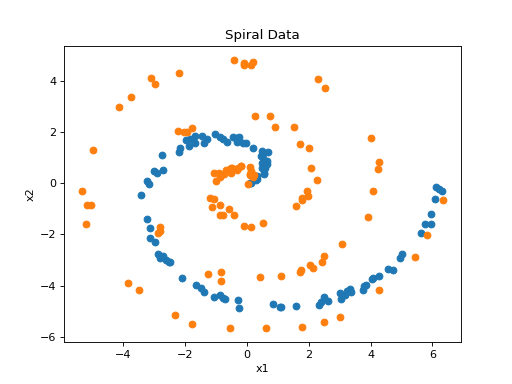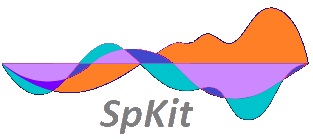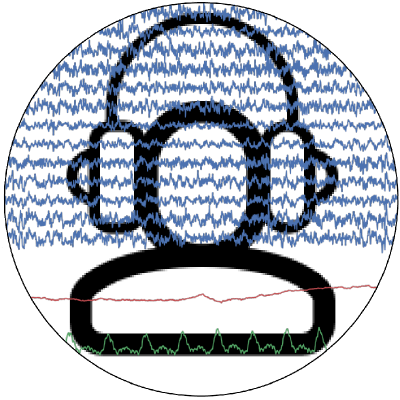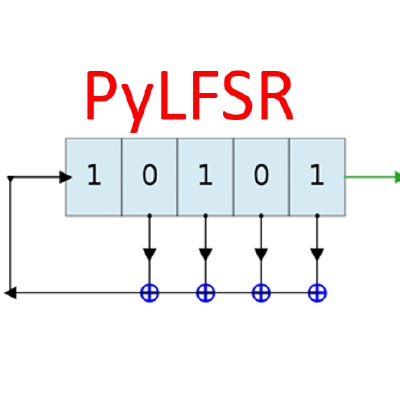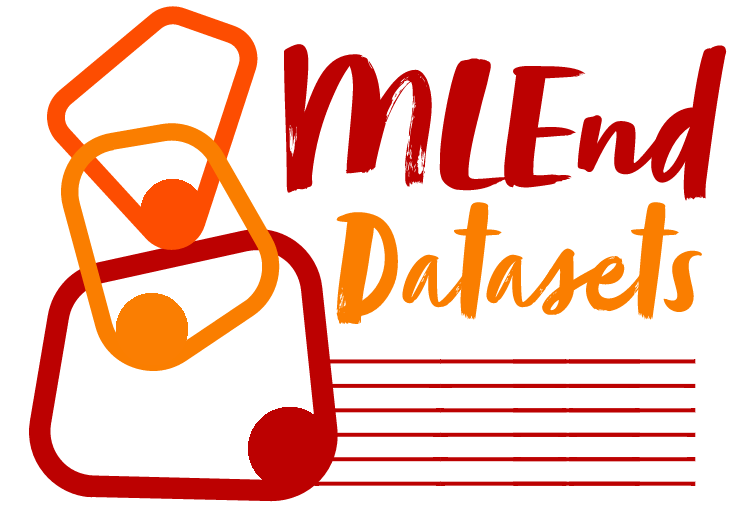spkit.data.spiral¶
- spkit.data.spiral(N=[100, 100], s=0.5, wrappings='random', m='random', return_para=False, **kwargs)¶
Generate a 2-class dataset of spirals
Generating 2-classes of spirals
- Parameters:
- N: list or two int, default =[100,100]
vector that fix the number of samples from each class
example N = [100,100], 100 samples for each class
- s: scalar, default=0.5
standard deviation of the gaussian noise.
- wrappings: scalar, str, default=’random’
number of wrappings of each spiral.
- m: scalar, str, default=’random’
multiplier m of x * sin(m * x) for the second spiral.
New in version 0.0.9.7: Added to return parameters
- return_para: bool, default=False
if True, return the parameters
- Returns:
- X: 2d-array
data matrix with a sample for each row
shape (n, 2)
Changed in version 0.0.9.7: shape is changed to (n, 2)
- y: 1d-array
vector with the labels
Changed in version 0.0.9.7: shape is changed to (n, )
- (s, wrappings, m): parameters
if return_para=True
See also
Examples
#sp.data.spiral import numpy as np import matplotlib.pyplot as plt import spkit as sp X, y = sp.data.spiral(N =[100, 100],s=0.1,wrappings=2,m=3) plt.figure() plt.plot(X[y==0,0],X[y==0,1],'o') plt.plot(X[y==1,0],X[y==1,1],'o') plt.xlabel('x1') plt.ylabel('x2') plt.title('Spiral Data') plt.show()
